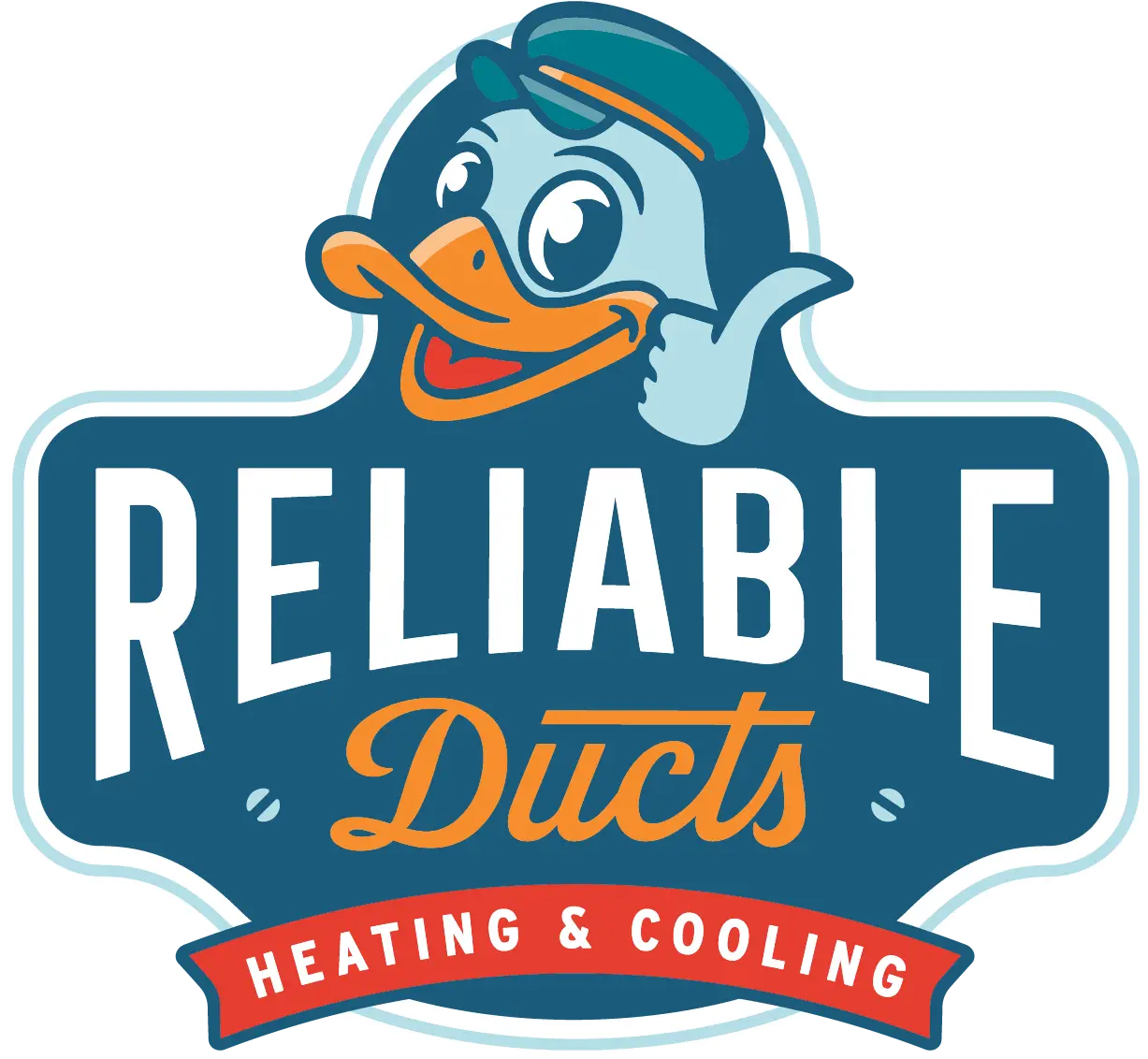Air quality probably isn’t something most people ever give any real thought to. If you were to take a poll, chances are that the majority of people would say that the air quality is usually much worse outside than it is in their home or workplace. Unfortunately, the reality is the opposite since indoor air is typically more polluted and has a higher concentration of contaminants compared with the air outside.
Studies performed by the EPA back this up and show that the concentration of some airborne pollutants and contaminants is usually around three to five times higher indoors than outside. There are typically more allergens like pollen and mold spores outside, but the concentration of these can also be quite high in most homes.
For these reasons, indoor air quality (IAQ) is something every homeowner should be concerned with, and today we’re going to look at why indoor air quality is such a big deal and what options you have for improving the quality of air in your home.
The Indoor Air Pollution Problem
The average home has a wide variety of sources of indoor air pollution, and many of them are from things you probably wouldn’t think about. For instance, you may not know that some airborne pollutants are released every time you use your stove for cooking.
Whenever oil or fat is heated, it releases some chemical pollutants. Many non-stick pans also give off pollutants, especially if the non-stick coating is damaged or has started to wear. If your home has a gas stove, it also produces some carbon monoxide and other pollutants every time you cook. All of these issues are why most experts recommend that you never cook anything on your stove without your exhaust hood running since it will help to draw some of the pollutants outside.
Many chemical cleaning agents also give off various pollutants. If your home has an attached garage, then some of the exhaust fumes from your vehicle can also seep inside and pollute your home’s air. Many lawn and garden products like fertilizer or any other chemicals you store in your garage can also give off harmful fumes.
Your home itself and your furnishings are often some of the biggest sources of indoor air pollution because many of the things in a home continuously give off potentially harmful chemicals known as volatile organic compounds (VOCs). Long-term exposure to certain VOCs has been repeatedly linked with an increased risk of developing certain types of cancer and other health issues. This is another major reason why indoor air quality is something you should always take seriously.
Most Common Sources of VOCs
VOCs are released through a process known as off-gassing. Many solids and liquid chemical compounds continually release harmful gases and particles in the air as they deteriorate or when they react with other compounds in the air. Many of these VOCs are carcinogenic, and even the less harmful ones can still react with other compounds in the air to produce toxic chemicals.
Formaldehyde is one of the most common VOCs and is found in virtually every home and building. In the short term, exposure to formaldehyde can irritate your eyes, throat, sinuses, and skin, and it can also lead to coughing and other allergic reactions.
Formaldehyde is used as a preservative in most paints, varnishes, and waxes, and it is also found in the resin and glue used to make laminate flooring and wooden furniture. If you’ve ever bought a new mattress or any other piece of furniture and noticed a lingering chemical smell, this is mostly due to the formaldehyde that is used in the manufacturing process.
Most electronics also give off lots of VOCs due to the flame-retardant coating used on their wiring. Laser printers and copiers are a major source of pollution and have been shown to release more than 30 different VOCs.
Many different cosmetic products also give off various VOCs, and this is especially true for nail polish and nail polish remover. Dry-cleaned clothing also continually releases VOCs for months after the clothes have been cleaned. Laundry products like detergent, fabric softener, and especially dryer sheets have been shown to potentially release more than 130 different VOCs.
Solutions for Improving Indoor Air Quality in Your Home
The fact that VOCs and other airborne pollutants and allergens can be such a huge problem means it is always a good idea to take some steps to improve the air quality in your home, and you can find a wide range of indoor air quality units that can help you do just that.
A whole-home air purification system is one of the best options for improving indoor air quality. Many of these systems use a HEPA filter that will eliminate more than 99% of all VOCs and other airborne pollutants. These systems are also extremely effective at trapping bacteria, viruses, and allergens to help keep you from getting sick or worsening your allergy symptoms. Many of these systems also use a carbon filter to eliminate odors and keep your home smelling fresh.
UV light air purifiers are another great option. These systems emit a strong ultraviolet light that will instantly kill 99% of all microorganisms as they travel through your home’s ductwork. However, they are mostly only effective against living things like bacteria, viruses, and mold spores, which means they won’t have an effect on most VOCs. As such, we would typically always recommend pairing this type of system with some other source of air purification or filtration. Luckily, there are some whole-home air purifiers that use both UV lights and HEPA filtration, so you get the best of both worlds.
High indoor humidity is an especially common problem in places like Jacksonville due to the hot, humid weather. If your home constantly stays too humid, it can quickly lead to issues like water damage and mold, and mildew. Mold spores are one of the most common allergens and can potentially lead to or worsen respiratory problems and other health issues. An air purification system will filter out most mold spores from your home’s air, but the only way to prevent the problem is to tackle your high humidity issues.
This is where a whole-home dehumidifier can be a huge help because it will continuously remove moisture from your home’s air whenever your air conditioning is running. Air conditioners also function as a dehumidifier and remove humidity whenever they run, but they typically aren’t enough to control humidity on their own in more humid climates. Studies have shown that a whole-home dehumidifier can actually help to lower air conditioning costs as it takes some of the strain off your AC, so it doesn’t need to work so hard or run for as long.
Jacksonville’s Indoor Air Quality Specialists
If you’re concerned about poor indoor air quality in your home, the team at Reliable Ducts Heating & Cooling is ready to help. We install a wide range of IAQ systems, including air purifiers and whole-home dehumidifiers, and we can also service and repair your IAQ systems to ensure they continue functioning effectively. If you need any heating or cooling maintenance, repair or installation services, we’re here to help with that as well. For more information on our indoor air quality services, give Reliable Ducts Heating & Cooling a call today.


